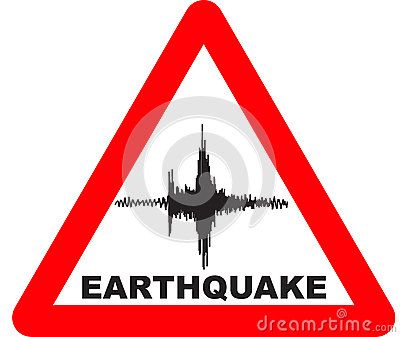By Global Desk | sbkinews.in
Date: August 17, 2025
Turkey Earthquake
Istanbul/Balıkesir, Turkey: A powerful earthquake—measuring magnitude 6.19 (some sources report 6.1)—shook northwestern Turkey on Sunday evening, killing at least one person and injuring dozens. The tremors were so strong they were felt as far as 200 kilometers away in Istanbul, sending shockwaves across western Turkey.

What Happened: The Earthquake Unfolded
Turkey’s Disaster and Emergency Management Authority (AFAD) reported that the quake struck at approximately 7:53 p.m. local time near the town of Sındırgı in Balıkesir Province, located southwest of Istanbul. The German Research Centre for Geosciences (GFZ) registered the same event with a magnitude of 6.19 at 10 km depth, while AFAD cited an 11 km depth.mintHindustan TimesReuters
Turkey Earthquake
Casualties and Damage: Immediate Toll
The Interior Minister Ali Yerlikaya confirmed that an 81-year-old man died after being rescued from a collapsed building in Sındırgı, the earthquake’s epicenter.Sky NewsReuters Another building collapse claimed one more life. Authorities also reported 29 injuries, with no other fatalities at this time.
Search and rescue teams were quickly deployed, with over a dozen buildings—many derelict—being brought down, including a mosque’s minaret.
Turkey Earthquake
Impact Zones: From Epicenter to Istanbul
Sındırgı (Balıkesir Province): Severe damage, collapsed structures, rescue underway.
Istanbul: Shaken by tremors; city situated 200 km from epicenter, felt strongly across districts.
Surrounding Provinces: Aftershocks, including a 4.6 magnitude, prompted caution and inspections.
AFAD urgently warned citizens not to enter any structurally compromised buildings.mintThe Times of India
Turkey Earthquake
Geological Overview: A Region on Alert
Turkey sits atop major seismic fault lines. The North Anatolian Fault (NAF) runs just south of Istanbul and poses a continuous threat. Previous catastrophic quakes, including the 1999 İzmit (7.4) and Düzce (7.2) earthquakes, underscore the region’s volatility.Wikipedia+1
This recent event—now considered the most powerful tremor in the Sea of Marmara region since 1999—highlights ongoing seismic risk in a densely populated zone.WikipediaWikipedia
Turkey Earthquake
Aftershocks and Ongoing Concerns
As of 13 August, over 1,200 aftershocks had been recorded, including 19 events of magnitude 4.0 or higher.Wikipedia
Structural inspections are underway across affected areas.
The public is urged to be informed and refrain from reentering structures that are insecure.
Public advised to follow updates and avoid re-entering unstable buildings.
Regional & Historical Perspective
This quake comes just two years after the 2023 Turkey–Syria earthquakes that devastated southern Turkey, claiming tens of thousands of lives.Wikipedia
Now, as western Turkey reels under tremors, the focus is on timely disaster response and readiness for future seismic events—especially given the densely populated areas near fault lines.
Turkey Earthquake
Summary Table
| Aspect | Details |
|---|---|
| Magnitude | 6.19 (GFZ) / 6.1 (AFAD) |
| Depth | Approx. 10–11 km |
| Epicenter | Sındırgı, Balıkesir Province |
| Casualties | 1 confirmed death (81-year-old), several injured |
| Damage | ~16 buildings collapsed, minaret fell |
| Areas Affected | Sındırgı, Balıkesir Province, Istanbul & beyond (up to 200 km away) |
| Government Response | AFAD and Interior Ministry activated search, inspections |
| Historical Context | Most powerful quake near Istanbul since 1999 |
Final Thoughts
The lack of immediate large-scale casualties is a silver lining—but underscores the need for ongoing vigilance, resilient infrastructure, and preparedness.
Turkish citizens and governments must continue seismic retrofitting, early-warning systems, and public awareness. With Istanbul in the tremor zone, future earthquakes—whenever they occur—need fast action and resilient urban planning.
for more news click here
